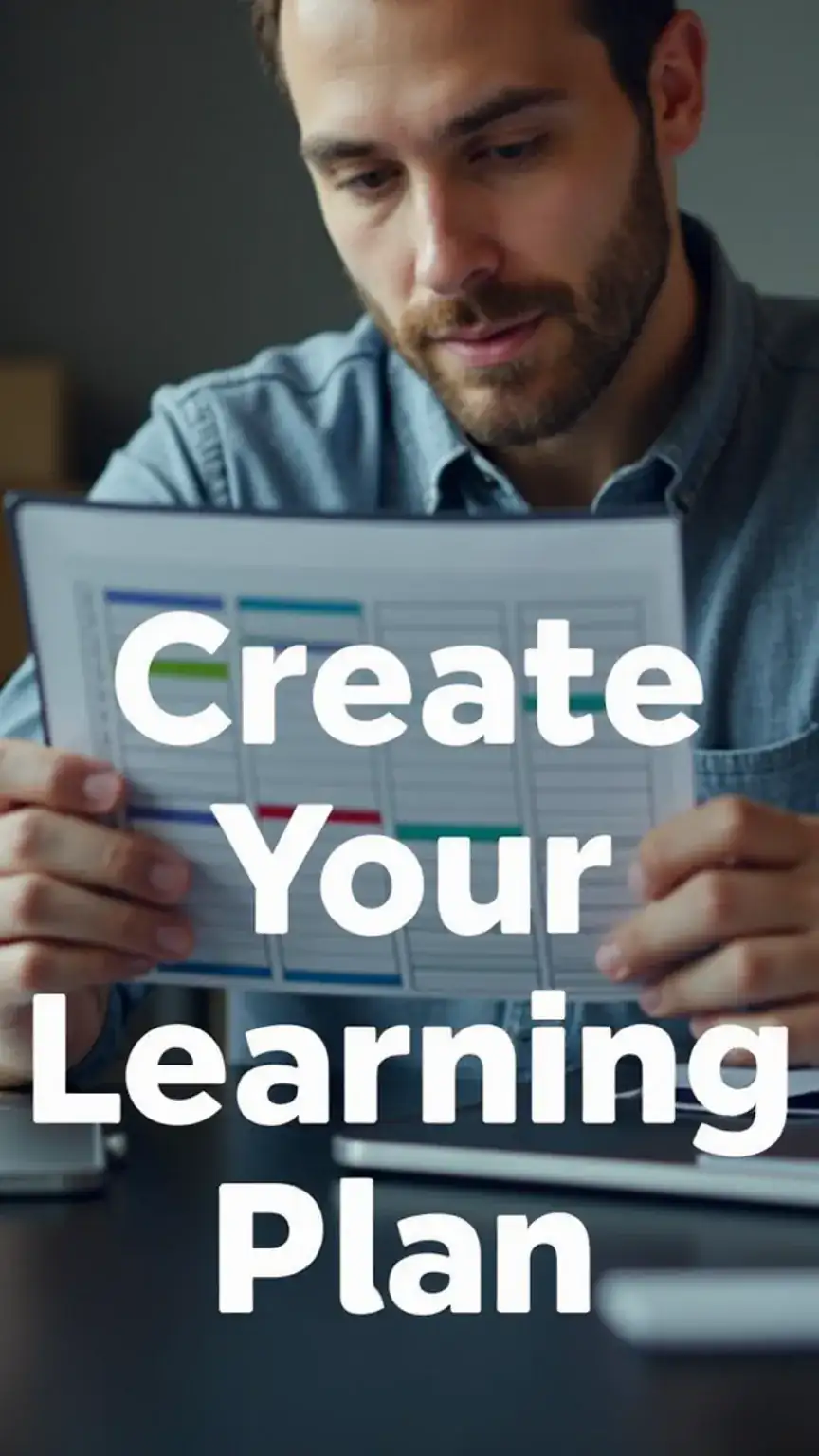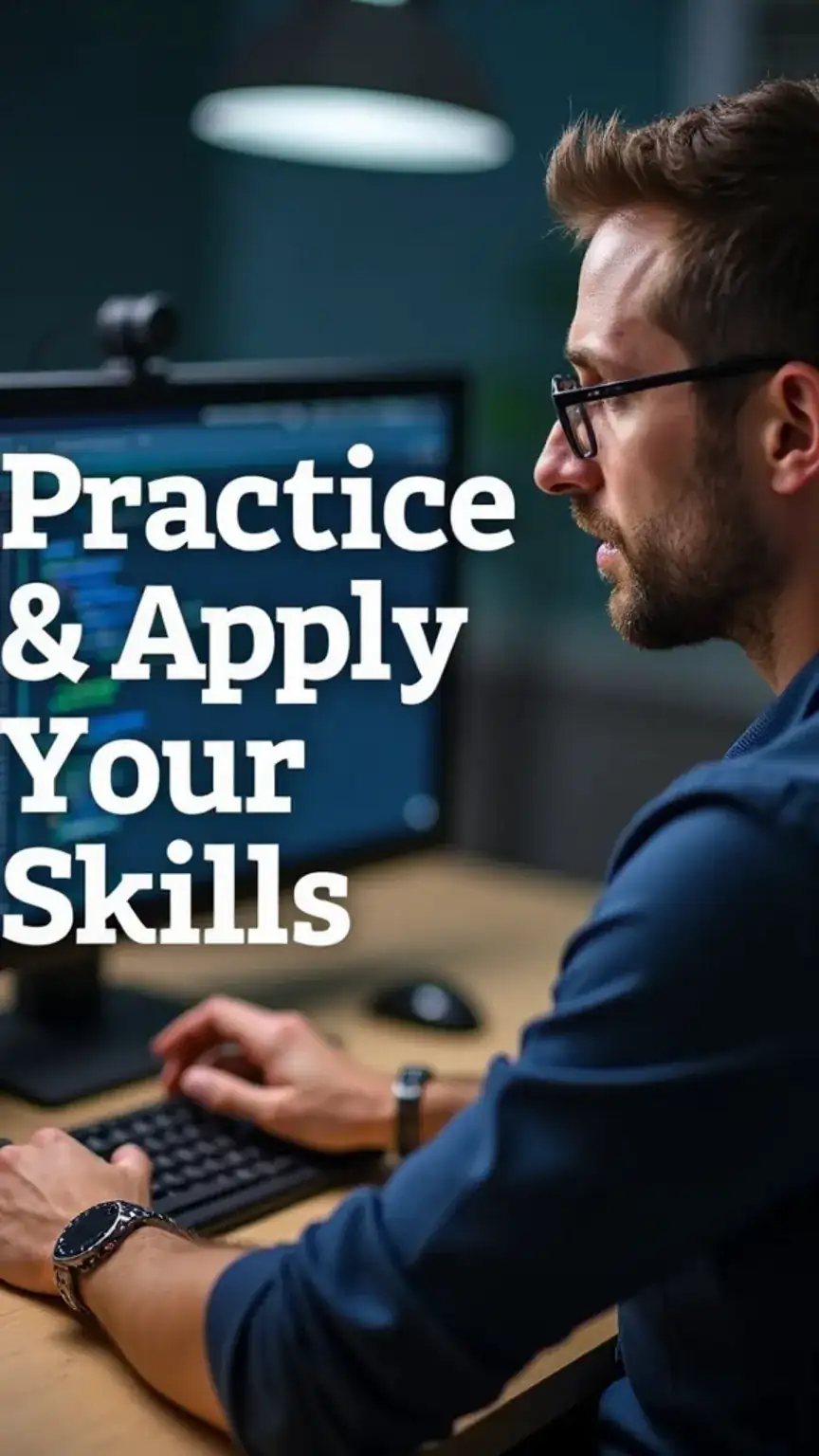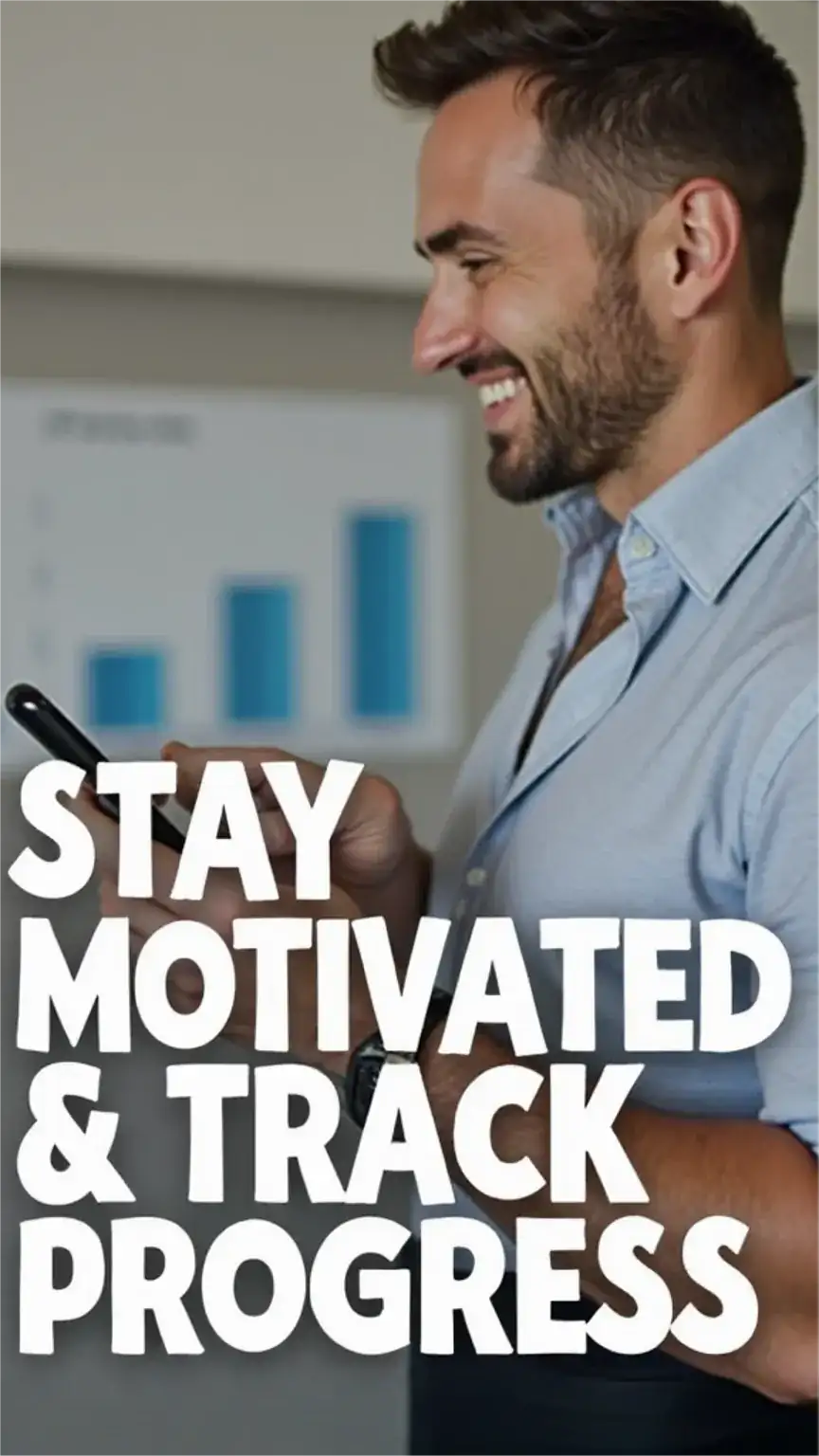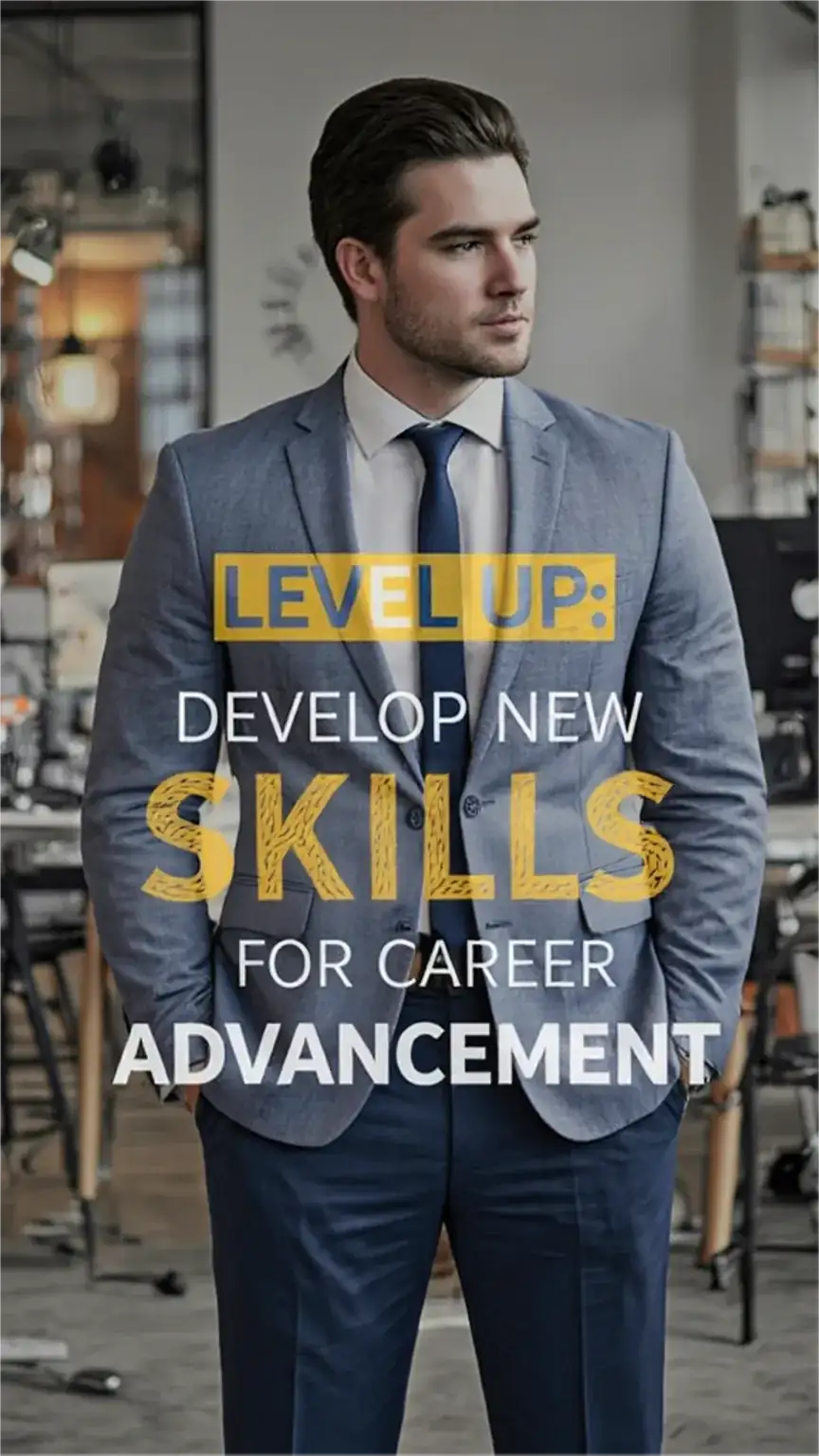In today’s fast-paced professional landscape, standing still is the quickest way to fall behind. You know that feeling, right? That nagging sense that the ground is shifting beneath your feet, and the skills that got you here might not be enough for where you want to go. It’s a common predicament, especially for us guys navigating careers that demand constant evolution. But here’s a truth bomb: developing new skills isn’t some mythical quest reserved for tech wizards or academic elites. It’s a practical, achievable path to career advancement and genuine professional growth.
Think of it like upgrading your toolkit. The old hammer still works, but a new power drill can tackle jobs ten times faster and with far more precision. Similarly, acquiring new skills can unlock doors, increase your value, and frankly, make your work life more engaging and less like a daily grind. As someone who’s navigated the corporate world for decades, I can tell you that the men who thrive are the ones who embrace continuous learning. They understand that skill development is not a one-time event, but an ongoing commitment to staying relevant and competitive.
This isn’t about chasing every shiny new trend. It’s about strategic growth that aligns with your aspirations. Whether you’re aiming for a promotion, a career change, or simply want to feel more confident and capable in your current role, a structured approach to learning is your secret weapon. And let’s be honest, ladies, if your man seems stuck in a rut or you’re looking for ways to support his career trajectory, this is your cheat sheet. Bookmark this for the guy in your life who needs a little nudge toward his next big win.
Defining Your North Star: Identifying Your Goals
Before you even think about diving into online courses or textbooks, let’s get real about what you’re trying to achieve. This initial step is crucial for focused skill development. Without a clear destination, you’ll just be wandering aimlessly. Ask yourself: What does success look like for me in the next six months? What about a year from now? Are you gunning for that corner office, aiming to pivot into a new industry, or perhaps looking to lead a team more effectively?

Take a moment, grab a quality notebook (or a clean digital doc), and jot down your aspirations. Be specific. Instead of “get better at my job,” aim for something like “master advanced Excel functions to automate monthly reporting” or “develop public speaking skills to confidently present to senior leadership.” This clarity transforms vague desires into actionable targets. For example, take it from Mark, a 40-year-old project manager who realized his presentations were falling flat. He set a goal to improve his storytelling techniques, and within three months, he was receiving commendations for his engaging project updates.
The Honest Appraisal: Assessing Your Current Skillset
Now, let’s get introspective. This is where you perform a genuine audit of your existing capabilities. What are you already proficient in? What are your undisputed strengths? Don’t be shy; this is your chance to acknowledge your hard-won expertise. Think about the skills that have consistently gotten you results, the ones that make your colleagues say, “Wow, he really knows his stuff.” These are your foundational assets.

However, also identify the gaps. Where do you feel less confident? What tasks do you tend to delegate or avoid? Perhaps your tech skills are a bit rusty, or maybe you’ve noticed a gap in strategic thinking within your team that you’d like to fill. This honest assessment isn’t about self-criticism; it’s about building a realistic picture to guide your learning journey. Consider asking a trusted mentor or colleague for their candid feedback. They might highlight strengths you overlook or blind spots you haven’t noticed.
Charting Your Course: Researching and Choosing Your Skills
With your goals and current skillset mapped out, it’s time to become a strategic explorer. Research skills that are not only relevant to your aspirations but are also in high demand within your industry or the field you wish to enter. This is where Pinterest wardrobe tips for your career come into play – you’re curating the essential pieces for your professional advancement. Websites like LinkedIn Learning, Coursera, Udemy, and even industry-specific associations offer a wealth of knowledge.

Don’t get paralyzed by the sheer volume of options. Start small. Choose one or two skills that offer the biggest bang for your buck in terms of achieving your immediate goals. For instance, if your aim is to enhance your men’s professional style of communication, focusing on effective email writing or presentation software might be a good starting point. Conversely, if you’re looking to break into data analytics, learning Python or SQL would be a high-impact choice. The key is to select skills that provide a tangible return on your learning investment.
Building Your Blueprint: Creating a Learning Plan
You’ve identified your targets and chosen your weapons. Now, you need a battle plan. A well-structured learning plan is the backbone of successful skill development. Break down your chosen skills into smaller, digestible modules or learning objectives. For each objective, set realistic timelines and deadlines. This approach makes the learning process feel less overwhelming and more manageable, turning a daunting mountain into a series of achievable hills.

Consider how you learn best. Do you prefer structured courses, hands-on projects, reading articles, or watching tutorials? Incorporate a variety of learning methods to keep things engaging. For example, if you’re learning a new software, start with a beginner’s course, then find a project to apply your new knowledge, and supplement with online forums for troubleshooting. Consistency is your mantra here. Schedule dedicated learning time into your week, just as you would a crucial meeting. Even 30 minutes a day can yield significant progress over time.
The Real Test: Practice and Application
Knowledge is power, but applied knowledge is transformative. This is where your skill development truly comes to life. Actively seek opportunities to use your newly acquired skills. Volunteer for projects at work that allow you to practice. If you’re learning a new language, try conversing with native speakers. If it’s a technical skill, build a personal project that showcases your proficiency. Making mistakes is not only okay; it’s an integral part of the learning process.

Think of it this way: you wouldn’t expect to become a master chef by just reading recipes, right? You need to get in the kitchen, chop vegetables, and yes, maybe burn a few things along the way. The same applies to professional skills. The more you practice, the more ingrained the knowledge becomes, and the more confident you’ll feel deploying it in real-world scenarios. This practical application is also your ticket to demonstrating your new capabilities to employers and colleagues. It’s how you move from “learning about” to “knowing how to.”
Staying the Course: Motivation and Progress Tracking
Let’s be candid: learning can be a marathon, not a sprint, and sometimes the finish line feels miles away. Maintaining motivation is key to sustained career advancement. Celebrate your milestones, no matter how small. Did you finally master that complex spreadsheet formula? Pat yourself on the back. Did you successfully complete a challenging module? Treat yourself to a decent whiskey or a new watch strap. These small victories fuel your momentum.

Furthermore, tracking your progress provides tangible evidence of your journey. Use apps like Habitica or simply a spreadsheet to log your learning hours, completed modules, and skills acquired. Seeing your progress laid out visually can be incredibly motivating, especially during moments of doubt. Don’t let setbacks derail you; view them as learning opportunities. Every stumble is a chance to refine your approach and build resilience. As Mercer Wexley himself often says, “Elegance isn’t about perfection, it’s about persistent refinement.”
Elevating Your Game: The Ongoing Journey
Developing new skills is more than just a strategy for career advancement; it’s a commitment to your own evolution and relevance. It’s about investing in yourself, ensuring you remain a valuable asset in any professional environment. By following these steps – identifying your goals, honestly assessing your current abilities, strategically choosing new skills, creating a solid learning plan, practicing diligently, and staying motivated – you are actively shaping a more promising future.
Remember, the professional world is constantly changing. Those who embrace continuous learning are the ones who not only survive but thrive. They become the go-to experts, the natural leaders, and the individuals who can confidently tackle new challenges. It’s about building a robust, adaptable skillset that sets you apart. So, what’s the next skill you’re going to conquer?
Ready to own your image and accelerate your career? Start by revisiting Step 1 and defining your next growth objective. Then, dive into Step 3 and research that one skill that could make the biggest impact. Share this guide with your network – tag a friend who needs a style intervention for their career! Let’s all commit to continuous skill development and unlock our full potential. Share your chosen skill and your progress using #SkillUpForSuccess on Pinterest or your favorite socials!



